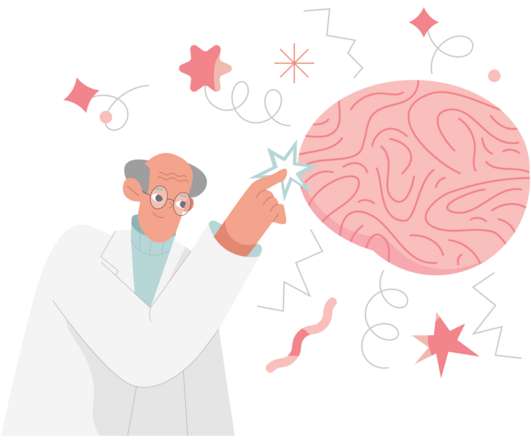Employee Spotlight : Elias Jackson
OpenSesame
MAY 25, 2021
I knew my career would follow one or both of my passions — computer software and music. I love music and podcasting. One of the podcasts I host is a roundtable music industry discussion. My voice is always heard. . It inspired me to be a better critical thinker and learn more about cognitive biases.
























Let's personalize your content